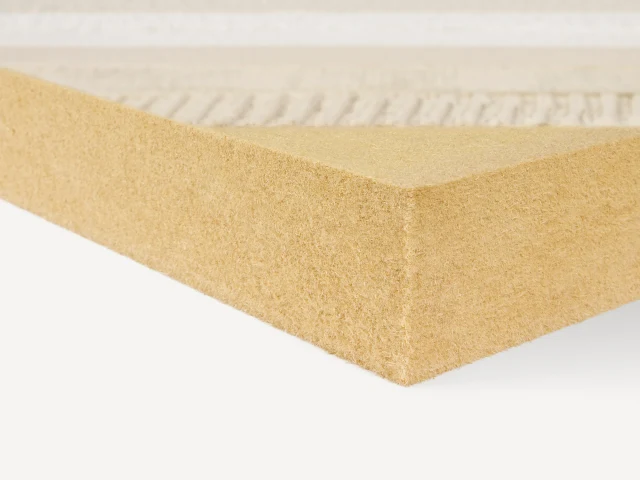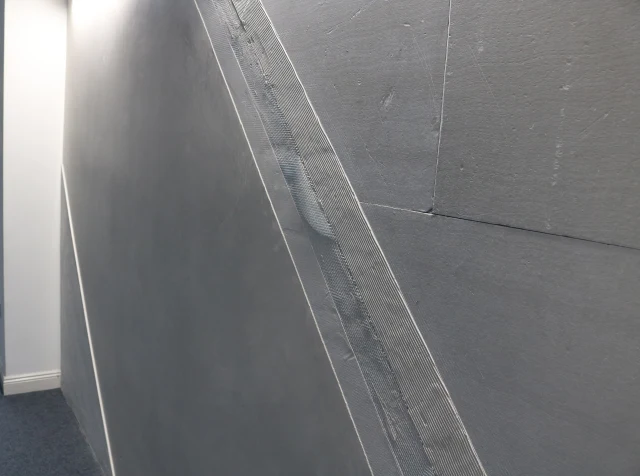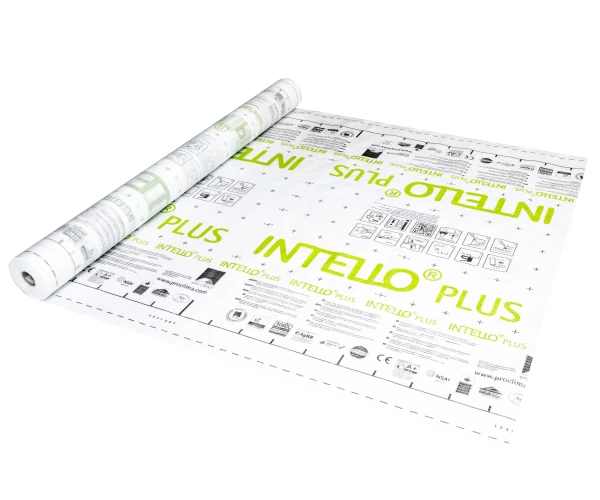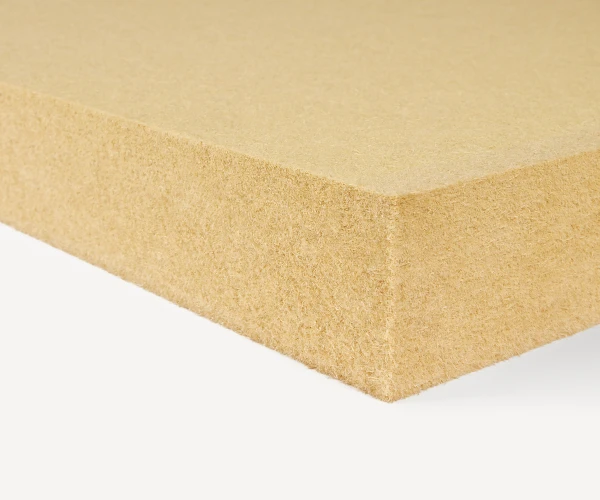Go to Section
Back to Top
Also in category: Retrofit, Mould prevention
Identifying areas and elements within existing buildings where substantial improvements to the thermal performance can be affected, will always present a variety of challenges.


Go to Section


